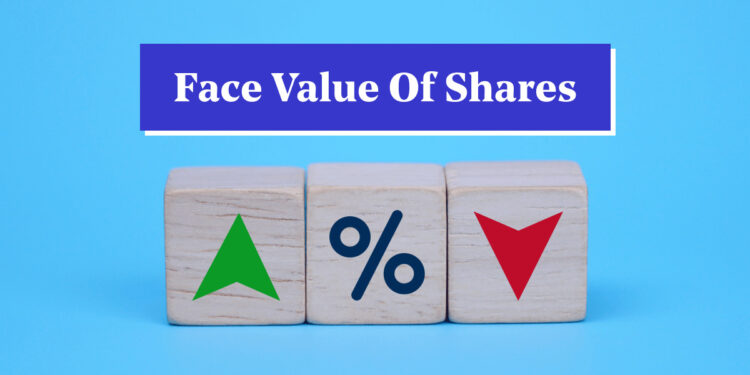Understanding the Face Value of Stock
The world of finance harbors numerous terminologies that are crucial for both investors and financial professionals. One such term that often piques the interest of retail investors is the face value of stock. Before delving into the meat of the topic, it’s crucial to understand what face value implies. Face value, also known as par value, refers to the nominal value of an asset indicated by the issuing authority. It comes into play in various financial instruments, including forex market hours.
Role of Face Value in Stock Trading
In the realm of stock trading, the face value of share refers to the price at which the company initially sells its shares to the public during Initial Public Offering (IPO). It’s important to note that this value is rarely indicative of the stock’s real market value, which fluctuates according to the forex market hours and a myriad of other macro and microeconomic factors. The face value remains constant and does not change with the market scenario or company’s financial position.
Moreover, an intriguing fact about the face value of stock is that it plays a significant role in defining a company’s capital structure. Shareholders need to be cognizant of the face value since it helps decide the dividend and determines the stock’s yield. As forex market hours change depending on the currencies being traded, investors need to keep an eye on the face value of the stocks they are interested in.
Calculating the Face Value of Stock
Now, let’s delve into how to calculate the face value. In the Indian stock market, when a company issues its shares for the first time, it assigns a face value—denominated in INR—to each stock. For instance, if a company releases 1,000 shares at a face value of INR 10 each, the total face value of the company’s stock equals INR 10,000.
Mathematically, it can be represented as:
Total Face Value of Stock = Number of Shares * Face Value per Share
Total Face Value of Stock = 1,000 shares * INR 10 per share = INR 10,000
This face value is detailed in the book of accounts and remains unchanged throughout the lifespan of the company unless there is a split or consolidation of shares. Even during ups and downs in the market, or when forex market hours impact overall trading, the face value remains impervious.
Face Value vs. Market Value
Perhaps, the most crucial aspect of understanding face value is distinguishing it from the “market value” of the share. The market value is the current price at which the stock is trading on the stock market, which is influenced by numerous factors such as company financials, investor sentiment, and even forex market hours. Unlike the face value, the market value fluctuates and can be more or less than the face value.
Conclusion
grasping the concept of face value forms a part of the broader saga of understanding the market dynamics. From forex trading hours’ influence to the company’s financial standing impacting stock demand, learning the various facets of stock trading enables investors to make well-informed and more sophisticated decisions.
Disclaimer:
Trading in the Indian stock market entails both massive gains and losses. The face value of a stock is one of the numerous aspects to consider when analyzing the potentiality of a stock. Investors are urged to fully gauge all the positives and negatives, consult with financial advisors, and make informed decisions. While the information in this article is accurate to the best of our knowledge, it does not constitute investment advice or recommendations.




























